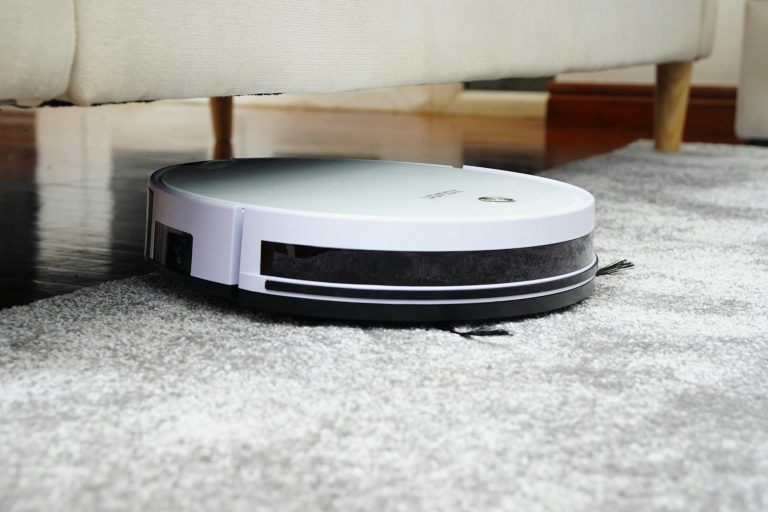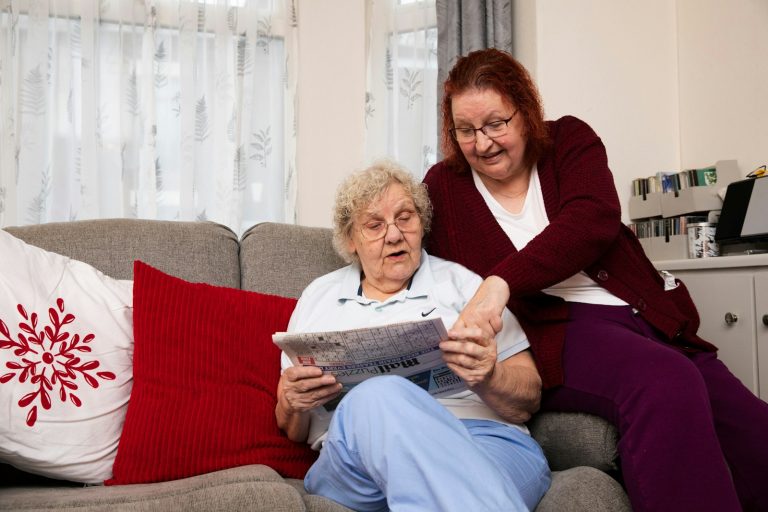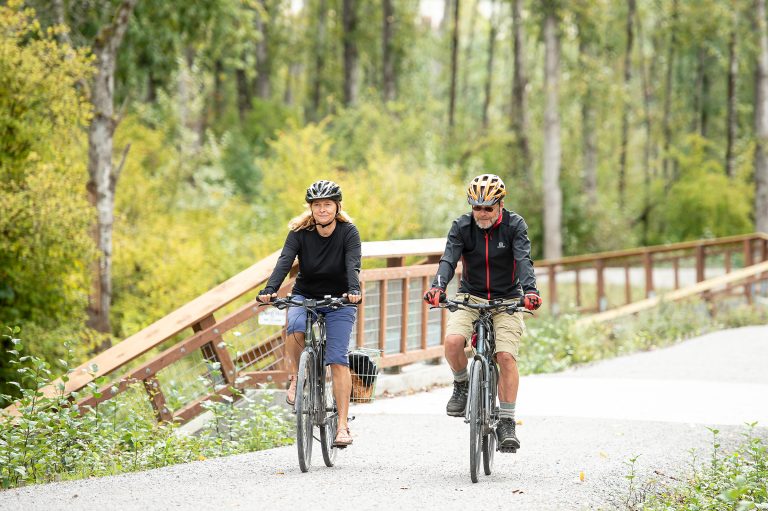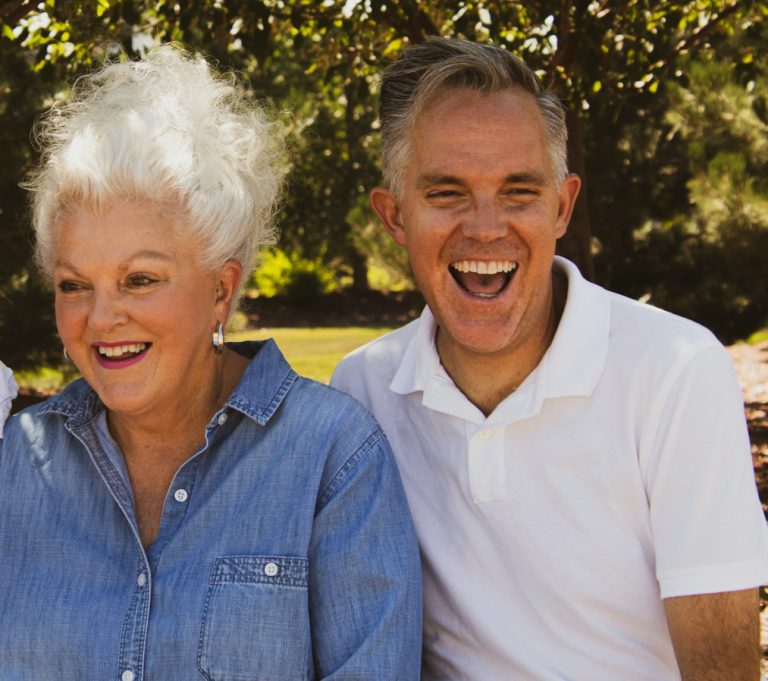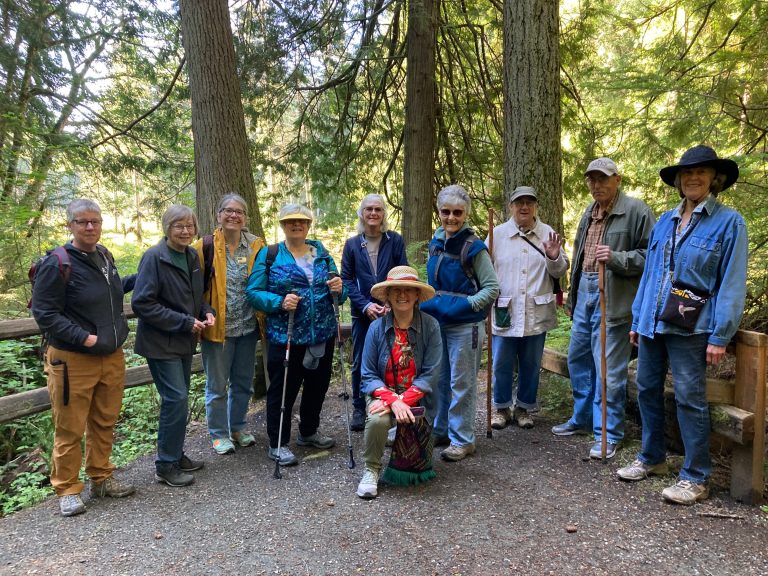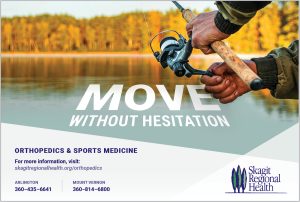
By Anthony Hamilton, Functional Aging Specialist | Ageless Fitness – 2020 Spring/Summer
Around age 50, Sarcopenia, the loss of muscle tissue as a natural part of the aging process, sets in. It happens to everybody at a rate of roughly one percent per year after the age of 50. It’s not reversible, but there are strategies to reduce the effects of Sarcopenia. The key is to stimulate the skeletal system through strength training. The old saying “if you don’t use it, you lose it” applies here. Aside from preventing muscle loss, there are other benefits.
Benefits of Strength Training
- Improves balance — both when standing still and when moving, thus lowering the risk of falls
- Fights depression, as well as Alzheimer’s, Parkinson’s and other chronic ailments
- Eases arthritis pain, lowers blood pressure, and fights obesity
- Improves bone density and prevents osteoarthritis
- Stimulates neural-pathways and improves cognitive function
- Prevents weight gain! The more muscle you have, the more calories you burn
How to Implement a Strength Training Program
Focus on “push, pull, and squat” movements. These movements work multiple “big muscles” in unison. As we age, it’s more important to focus on speed and control versus weight. Lifting really heavy weights in a seated position doesn’t help us move better, whereas the ability to react fast and avoid obstacles improves quality of life and prevents falls. Perform these exercises in a standing position versus a sitting position when possible. Choose cables and bands over machines to maximize the benefits.
Focus on Core Strength – Your Foundation
Imagine you built the house of your dreams, but it was built without a foundation. Without a foundation, no matter how strong the materials are, the house will always be unstable. It will eventually crumble to the ground. When it comes to strength training and daily function, your core is the foundation. Most importantly, avoid core exercises that curve the spine such as sit-ups or crunches. Instead, focus on core exercises that stabilize the spine.
Dr. Stuart McGill, author of “The Back Mechanic,” found that sit-ups put an unnecessary load on the spine and do little to engage the core. The spine is meant to “resist” force, not “create” it. Focus on planking exercises and movements like the “bird dog” pose to protect the spine and maximize core engagement.
To learn more about how to implement an effective strength training program, go to www.agelesswa.com and download our FREE ageless e-book!
Anthony Hamilton, Owner
Ageless Fitness
Whatcom: 360-986-5600
Skagit: 360-873-8377
www.agelesswa.com



